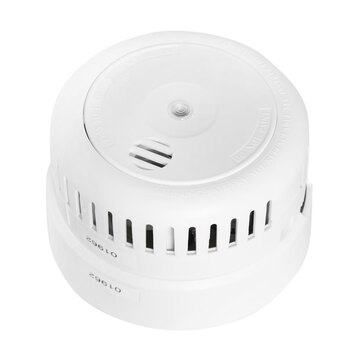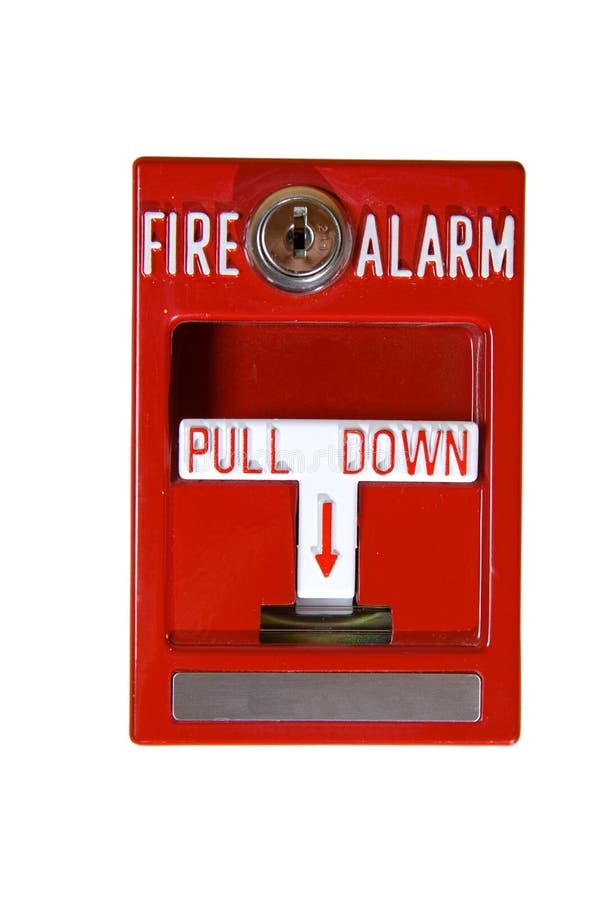
At the same time, construction will drive demand as new buildings comply with regulatory standards. In older buildings, they mandated the replacement of obsolete fire alarms, sprinklers and detectors.Īs older properties update fire safety systems to adhere to new policies, remodeling activities are expected to play a key role in fueling the fire and life safety services market. In addition to establishing general codes and safety standards, the NFPA also mandated the installation of fire protection systems in new commercial construction projects. Aging Infrastructure, Construction and Remodeling Act as Additional Revenue Drivers As grants introduce funding for improvements to firefighter safety, smoke detectors or CO2 alarms, they also create revenue for fire and life safety service providers. Grant entities, such as the Fire Protection Research Foundation (FPRF), also fuel fire and life safety service providers’ revenue.

This change is expected to increase the number of inspections for sprinkler systems, and therefore increase the demand among fire and life safety service businesses. For example, a major proposed change to the next edition of NFPA 25 is the requirement that a percentage of concealed cover plates in a sprinkler system be removed every five years to check for hidden issues. Industry organizations, such as the NFPA and Underwriters Laboratories, update key standards every three to five years to address safety requirements for fire alarms and sprinkler systems in various property types and construction-related requirements. NFPA hosts a library of over 300 consensus codes and standards.

In addition to regulatory standards issued by and alongside state and local governments, industry organizations such as the National Fire Protection Association (NFPA) also issue mandates. These requirements, often created in response to fire outbreaks, are constantly evolving and continue to drive sustained customer demand for fire and life safety service providers. Local, state and federal codes mandate regular fire safety inspections, positioning fire equipment inspections and repairs as critical and non-discretionary investments in facilities. Regulatory Requirements Drive Demand for Fire and Life Safety Services


 0 kommentar(er)
0 kommentar(er)
